Maria Goeppert Mayer was the second woman to win the Nobel Prize in Physics after Marie Curie for her important discoveries about nuclear structure. On her father's side, Mayer was the seventh consecutive generation of university professors in her family.
Maria Goeppert Mayer, a physicist and educator who made groundbreaking contributions to the field of nuclear physics.
Despite facing obstacles and discrimination throughout her career, she persevered and paved the way for women in science . She was awarded the Nobel Prize in Physics in 1963 for her work on the nuclear shell model. She was the second woman, after Marie Curie, to receive the Nobel Prize in Physics.
7 consecutive generations of university professors
Maria Goeppert Mayer was born in 1906 in Kattowitz (now Katowice), Poland (then part of Germany). She came from a well-educated family.
On her father's side, Mayer is the seventh consecutive generation of university professors in her family, according to the Nobel Prize organization. Her father, Friedrich Goeppert, was a professor of pediatrics at the University of Göttingen, and her mother, Maria Wolff, was the daughter of a mathematics professor.
Mayer’s family background played a significant role in sparking her curiosity and developing her passion for science. She was exposed to academic discussions and debates around the dinner table, and was encouraged to pursue her interests in science and mathematics. This early exposure helped shape her worldview and approach to scientific research.
Mayer studied physics at the University of Göttingen (Germany) with some of the most prominent physicists of the time such as Max Born and Werner Heisenberg. She received her PhD in physics in 1930 with a thesis on the theory of two-photon absorption by atoms.
Female professor worked for free for many years
During the early years of her career, Mayer struggled to find work due to discrimination against women in the scientific community.
She married Associate Professor Joseph Edward Mayer at Johns Hopkins University (USA) but was only assigned an assistant job in the Physics Department with a negligible salary despite her PhD. She continued to work, just because of her passion for Physics.
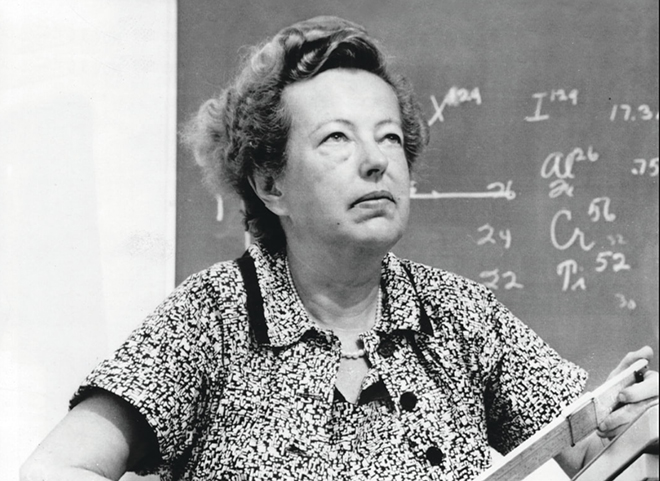
Mayer held unpaid positions for many years before becoming a professor of Physics.
In December 1941, Mayer took his first paid job as a part-time science instructor at Sarah Lawrence College.
In 1946, the couple moved to Chicago, where Mayer was welcomed not as a nuisance but as a friend. She became a professor at the University of Chicago's Department of Physics and Institute for Nuclear Studies and worked at Argonne National Laboratory.
Passion for nuclear research
During her time at Chicago and Argonne, Mayer developed a mathematical model of the nuclear shell structure. Based on this, she proposed that within the nucleus, protons and neutrons are arranged in a series of nucleon layers, like the layers of an onion, with neutrons and protons orbiting each other at each level.
During the same period, German physicist J. Hans D. Jensen, working independently, also came to the same conclusion. Goeppert Mayer was jointly awarded the Nobel Prize in Physics in 1963 for his work on the nuclear shell model.
Mayer's contributions had a significant impact on the field of nuclear physics. The nuclear shell model she developed played an important role in the development of nuclear energy and medicine, and also had implications for the study of stars and the evolution of the universe.
In 1960, Goeppert Mayer was appointed a full professor of physics at the University of California, San Diego. Despite suffering a stroke shortly after arriving there, she continued to teach and research for many years before her death in 1972.
The American Physical Society has established a prize named after Maria Goeppert Mayer to honor young female physicists.
(According to Vietnamnet)
Source link






![[Photo] Politburo works with the Standing Committees of Vinh Long and Thai Nguyen Provincial Party Committees](https://vphoto.vietnam.vn/thumb/1200x675/vietnam/resource/IMAGE/2025/9/8/4f046c454726499e830b662497ea1893)
![[Photo] Politburo works with the Standing Committees of Dong Thap and Quang Tri Provincial Party Committees](https://vphoto.vietnam.vn/thumb/1200x675/vietnam/resource/IMAGE/2025/9/8/3e1c690a190746faa2d4651ac6ddd01a)












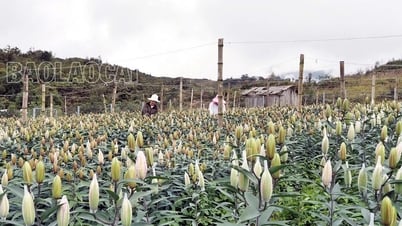



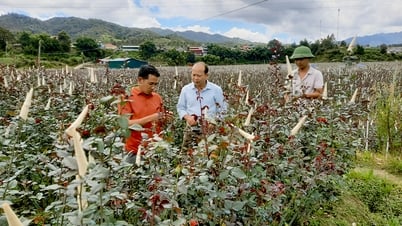

![[Photo] Amazing total lunar eclipse in many places around the world](https://vphoto.vietnam.vn/thumb/1200x675/vietnam/resource/IMAGE/2025/9/8/7f695f794f1849639ff82b64909a6e3d)










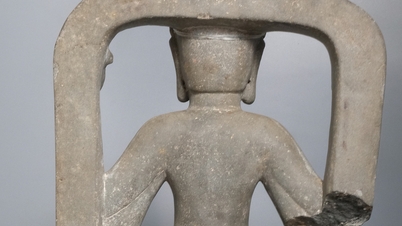



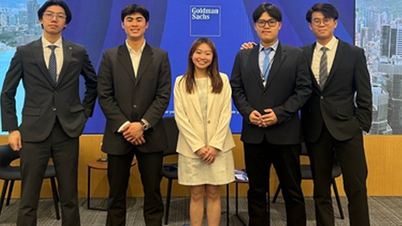





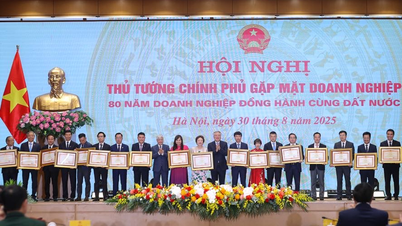












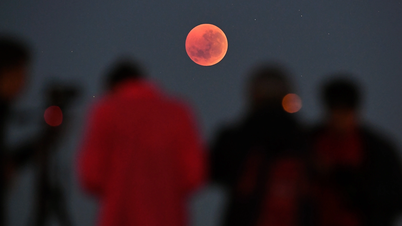




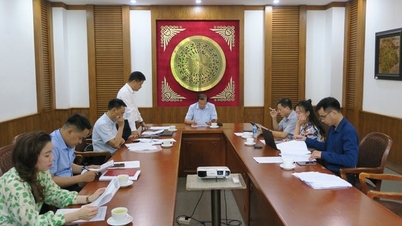




























Comment (0)